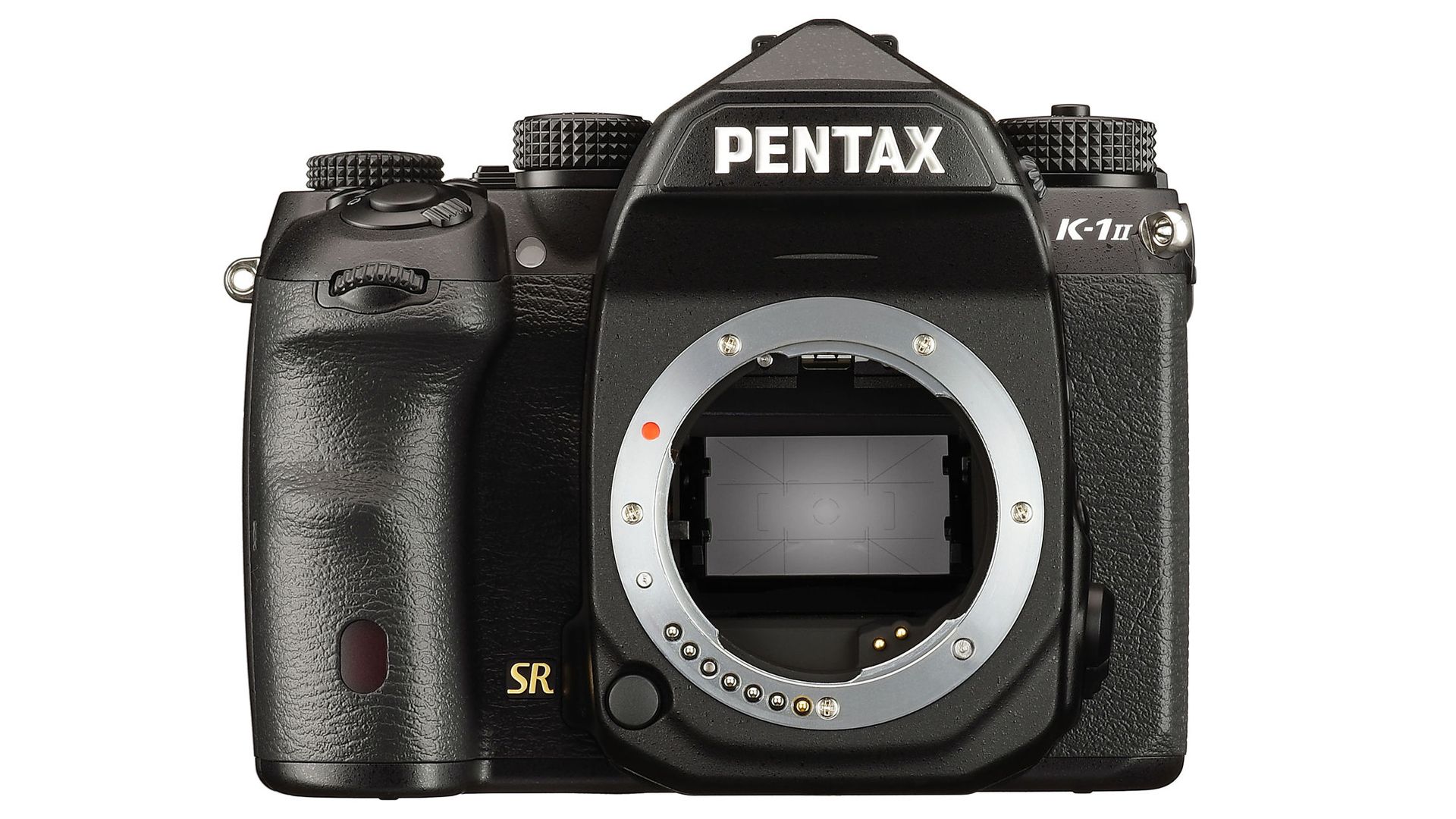Best Camera For Low Light In 2020
When you take a photograph, the camera sensor or film is exposed to the light coming through the lens and makes a copy of it. Therefore, low-light photography has often been a significant challenge for photographers, especially those using digital cameras. Increasing ISO to get more light also increases noise and can make a photograph unusable.
Fortunately, camera technology has improved significantly over the past few years. In 2020, there are numerous cameras that can help you take good-quality photos at night or in other low-light settings. Of course, if you want to take the best possible photos, you will need the best camera for low light within your budget.
What Makes a Camera Good in Low Light?
There are a few factors that make a camera effective in low light. To understand these, it is helpful to examine the common problems that photographers experience when shooting in the dark.
The first issue is noise. When you take a photograph, electrical interference can cause artifacts in the image. Typically, keeping a lower ISO setting will reduce or eliminate noise. However, the lower setting also means that less light is reaching the sensor. So, low-light photographs can be a compromise between sufficient light and noise.
The second major issue is motion blur. Unless you are shooting with a tripod, you are likely moving the camera (perhaps unintentionally) as you take a photo. In bright light, this isn’t an issue because the fast shutter speed means the photo is taken before movement can cause blur. However, in a low-light setting, it can sometimes be the only way to gather more light. This can create motion blur, which may not be desirable
Finally, there is the issue of detail. As mentioned above, cameras are capturing images based on the light that comes through the lens. If it is dark, you will have less light coming into the camera. Unless you increase ISO and/or slow the shutter speed, you will not have much detail in the image. It will appear black rather than capturing the rich details of the scene you want to shoot.
Fortunately, cameras are getting increasingly good at handling these issues. These are some of the characteristics that make high-quality cameras effective in low-light:
Large Sensor:
In general, a camera with a larger sensor will perform better. It can capture more light and greater detail, even in low-light settings.Noise Reduction:
Some cameras have better technology to eliminate noise. This can allow the photographer to use a higher ISO setting without compromising the image quality.Wide or Fast Aperture:
Again, more light being let into the camera means better low-light photos. A larger aperture will allow more light through the lens to the sensor. Unless your camera has a fixed lens, this is generally not determined by the camera itself, but by the lens you choose to pair it with.Image Stabilisation:
Modern cameras can automatically reduce blur through image stabilisation technology. A camera with excellent stabilization can use slower shutter speeds with less blur. However, this only eliminates blur caused by the photographer, if your subject is moving it will still be impacted by a slower shutter speed regardless of if you have a stabiliser or not.
Are Mirrorless or DSLR Cameras Better in Low Light?
Mirrorless cameras have enjoyed a rapid acceleration in their technology in recent years. Unlike a DSLR, they don’t have optical viewfinders. This is where the name comes from because true viewfinders need a mirror to reflect light from the lens to the viewing port. Thanks to using a digital screen instead of a mirror-based viewfinder, mirrorless cameras are usually smaller than DSLRs.
If you are thinking about buying a camera for night photography, you may wonder are mirrorless cameras better in low light or DSLRs? The answer is a little complicated.
The best camera in low light will be the one that has the above-mentioned features (large sensor, noise elimination, large aperture and image stabilisation). Both mirrorless cameras and DSLRs can have these characteristics. So, the best camera for low light depends more on those qualities than on whether it has a mirror-based viewfinder or not.
However, DSLRs do have one major advantage. Although it has no effect on the image quality, the optical viewfinder can be easier to use in low light than an LCD screen. This is because it is simply reflecting light rather than capturing light with the sensor then projecting it on a screen.
Which Camera Is Best for Night Photography?
The best camera for low light and night photography is the one within your budget that fits the characteristics mentioned above.
These are a couple of great options:

PENTAX K-1 Mark II
This full-frame DSLR is a great choice if you want to take the best possible low-light photographs. It has ISO settings up to 819200 and five-axis, five-shutter-step stabilization. Additionally, its impressive image processing capabilities will ensure high-quality photos even at night
If you have the budget for one, a full-frame camera is always a good choice for low-light photography. The larger size means more detailed and beautiful photos without needing to resort to the highest possible ISO settings.

Sigma fp
If you want something with a smaller package, this mirrorless digital camera also features a full-frame sensor. According to Sigma, it is the world’s smallest and lightest camera with a 35mm frame sensor.
It can support a wide variety of lenses for both still and video photography. Plus, it has fantastic image processing technology to ensure that your low-light photographs look great. At only 422 grams with the battery, this camera boasts impressive quality and portability.

Pentax K-70
For a more budget-friendly option, consider this APS-C DSLR. The smaller sensor size means that it will have more trouble in low-light settings compared to the above two. However, it does an excellent job even with the cropped sensor thanks to an advanced image processing unit.
With advances in processing technology, this camera can capture rich, beautiful photos even in very dark settings. It has impressive image stabilisation and noise reduction for optimal performance. Additionally, as a DSLR, this camera has an optical viewfinder which can be helpful at night
Whether you want to take photographs in low light or broad daylight, you will need the right equipment. C.R. Kennedy can help you find the best cameras, lenses and accessories for your needs.
If you need more information on cameras and other camera accessories, check out more articles on the C.R. Kennedy blog.

